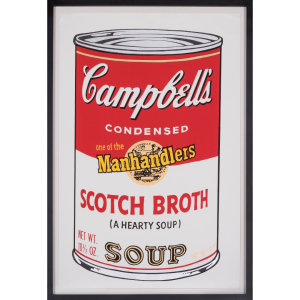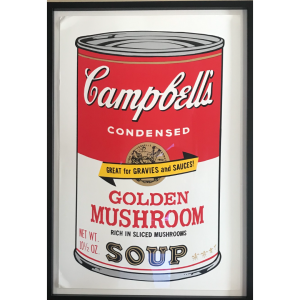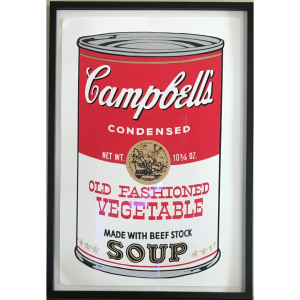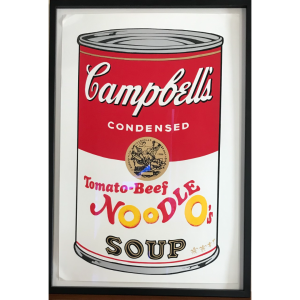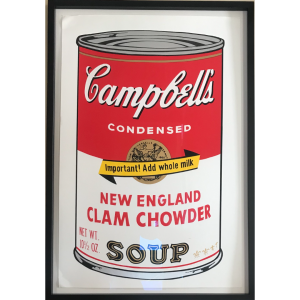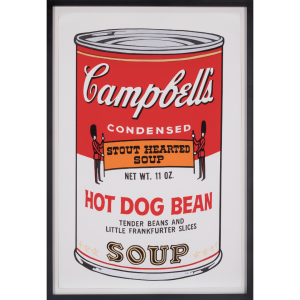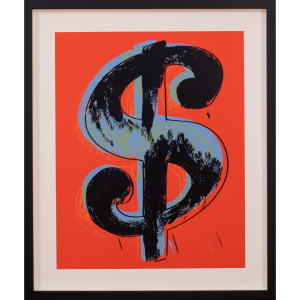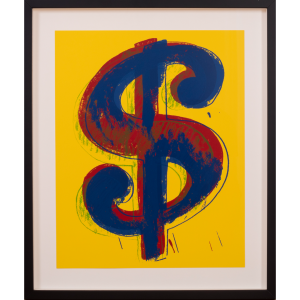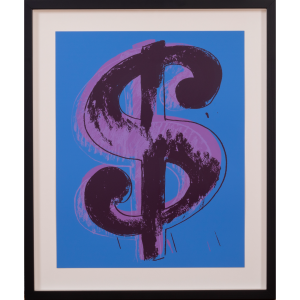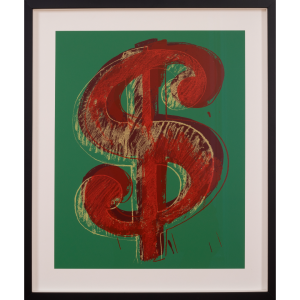ARTIST / Consultancy
Andy Warhol
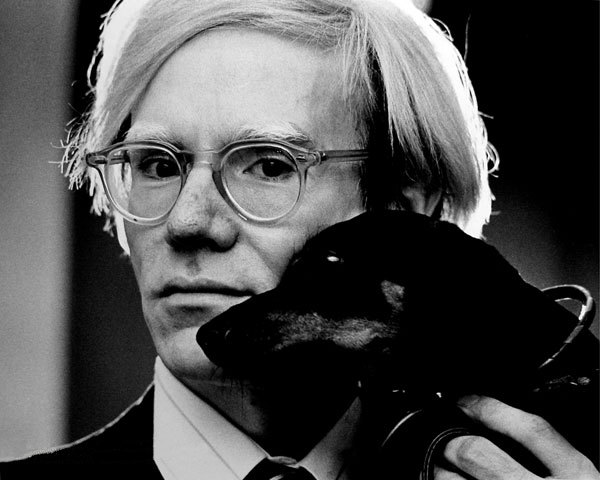
Andy Warhol’s (1928–1987) work embodies New York in the 1960s and 1980s. Warhol blurred the lines between his art and the reality that inspired it by copying the recognizable aesthetics of mass media, advertising, and celebrity culture, resulting in images that have become as ubiquitous as their origins.
Warhol was raised in a working-class Pittsburgh neighborhood. His parents were Slovak immigrants, and he was the family’s sole college graduate. In 1945, he enrolled at Carnegie Institute of Technology (now Carnegie Mellon University) to study graphic design. He traveled to New York with fellow student Philip Pearlstein after graduation and found stable employment as a commercial illustrator at a number of publications, including Vogue, Harper’s Bazaar, and the New Yorker. Warhol had a successful commercial art career in the 1950s, receiving multiple awards from the Art Directors Club and the American Institute of Graphic Arts. In 1952, he held his first solo exhibition at the Hugo Gallery, which featured drawings inspired by Truman Capote’s writings; three years later, his work was included in a group display at the Museum of Modern Art for the first time.
The year 1960 was a watershed moment in Warhol’s illustrious career. His initial works were based on comics and ads, which he enlarged and transferred onto canvas using a projector. In 1961, Warhol displayed these hand-painted works in a window display at the department store Bonwit Teller, including Little King (1961) and Saturday’s Popeye (1961); in 1962, he painted his famous Campbell’s Soup Cans, thirty-two separate canvases, each depicting a canned soup of a different flavor. Soon after, Warhol began to take not only printed media’s subject matter, but also its technique. He used the silkscreen process to make grids of stamps, Coca-Cola bottles, shipping and handling labels, dollar notes, coffee labels, and other motifs, stripping them down to their most basic elements.
In 1963, Warhol opened the Factory, a studio on East 47th Street that functioned as a cultural hotspot for artists, models, performers, and socialites. His “Superstars”, who played a significant part in both his professional and social lives, made up his inner circle. Warhol began screen-printing photographs of celebrities and public personalities, ranging from Marilyn Monroe and Elvis Presley to Jackie Kennedy and Mao Zedong, because he was interested in the construction of celebrity. He expanded his work and cultural influence by producing albums (The Velvet Underground & Nico), founding a magazine (Interview), and directing avant-garde films such as Chelsea Girls (1966), Blow Job (1964), and Empire (1964), all of which have become underground genre classics.
Following a near-fatal shooting by Valerie Solanas in 1968, Warhol went into a more muted, solitary era, working mostly on commission and painting portraits for various clientele, but also returning to motifs from his earlier work. He subsequently turned to abstraction, first with his Oxidations (1977–78) paintings, which he created by allowing friends and acquaintances to urinate on canvases painted with metallic paints, and then with his Rorschach (1984) and Camouflage (1986) paintings.
By the early 1980s, Warhol had re-energized his creative output, presenting half-hour MTV shows, writing books, and collaborating with younger artists such as Jean-Michel Basquiat, Francesco Clemente, and Keith Haring. His abstract series was timed to correspond with large-scale works inspired by Leonardo da Vinci masterpieces: he screen-printed pictures of the Mona Lisa (1503) and painted three massive paintings of The Last Supper (1495–98). Warhol’s ability to blend art historical references, abstract patterns, and mass media in a seamless manner created new norms for the artist’s position, permanently blurring the barriers between commercial and fine art.

